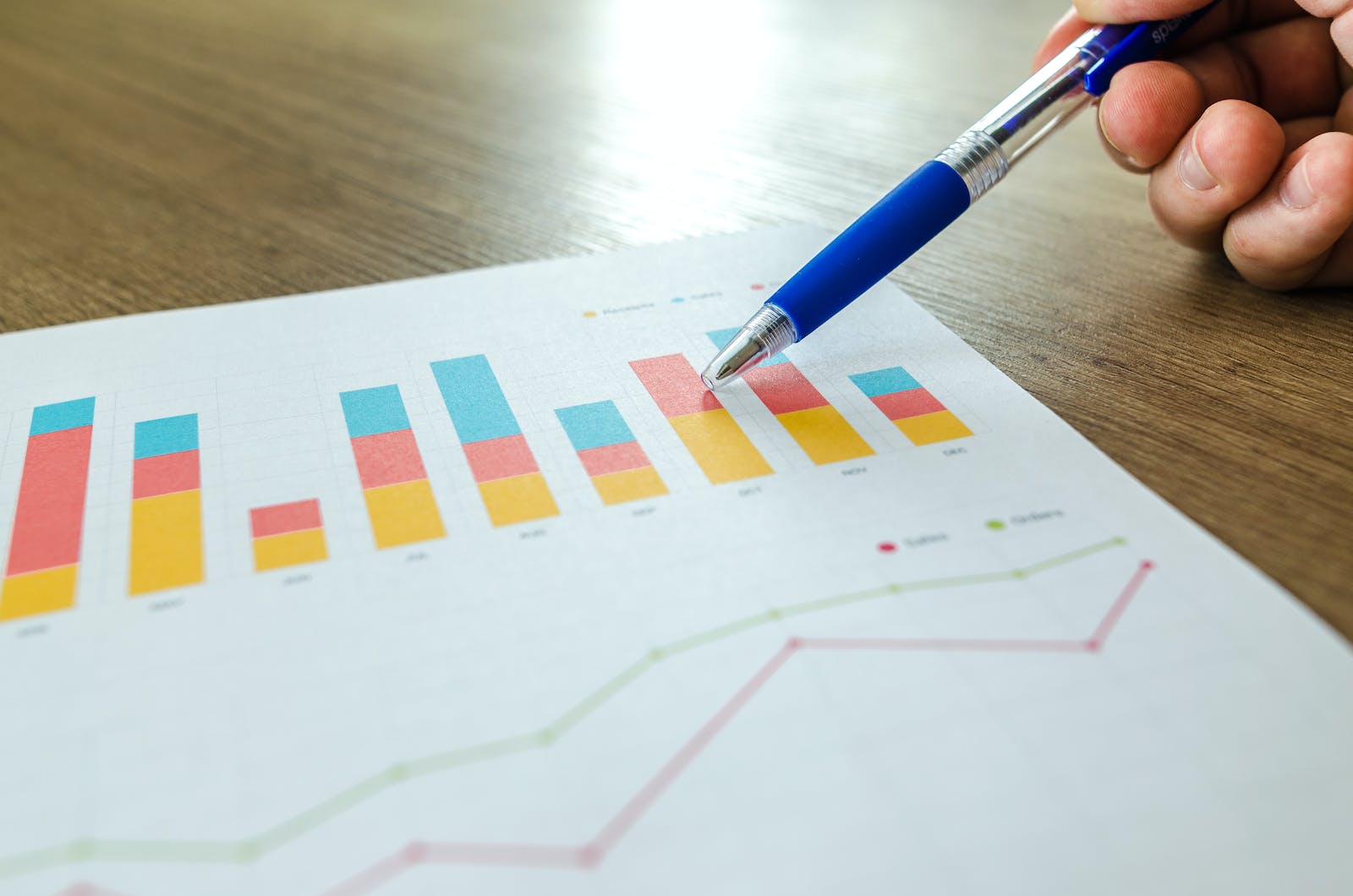
On-Page seo: A Comprehensive Guide
When it comes to optimizing your website for search engines, on-page seo plays a crucial role. By focusing on on-page factors, you can improve your website’s visibility, rankings, and organic traffic. In this guide, we will walk you through the important aspects of on-page seo and provide you with valuable insights to enhance your website’s performance.
What is On-Page seo?
On-page seo refers to the practices and techniques utilized to optimize individual web pages to rank higher in search engine results. It involves optimizing content, HTML source code, and website architecture to improve a webpage’s visibility to search engine bots and users. On-page seo factors include keyword research, content creation, keyword optimization, meta tags, image optimization, URL structure, internal linking, and more.
Optimizing Content and Keywords
Content creation is at the core of any successful seo strategy. High-quality, relevant, and engaging content not only attracts readers but also helps search engines understand the context of your web pages. Here are some tips to optimize your content and keywords:
- Perform thorough keyword research to identify the phrases your target audience is searching for. Use tools like Google Keyword Planner, semrush, or ahrefs to find relevant keywords.
- Create valuable and informative content around these keywords to provide relevant solutions or information to your audience.
- Ensure your content is well-structured and easy to read with proper headings (H1, H2, etc.), subheadings, and bullet points.
- Incorporate the identified keywords naturally within your content, including the title tag, headings, meta description, and body paragraphs. However, avoid overstuffing your content with keywords, as it can harm your rankings.
- Use synonyms, related terms, and variations of your main keywords to diversify your content and improve the user experience.
Meta Tags and Descriptions
Meta tags are snippets of text that describe a webpage’s content to search engines. They play a vital role in helping search engines understand the relevance and context of a webpage. The two most important meta tags are:
- Title Tag: This is the title of the webpage that appears in search engine results. It should be concise, accurate, and contain the primary keyword.
- Meta Description: This is a brief summary of the webpage’s content. It should be compelling, relevant, and encourage users to click through to your website.
Optimizing meta tags can significantly improve your click-through rate (CTR) and attract more organic traffic to your website.
URL Structure and Internal Linking
Having a clean and descriptive URL structure is crucial for both users and search engines. A clear URL helps users understand the page’s content and improves the overall user experience. Consider the following tips for better URL structures:
- Use relevant keywords in your URL to provide search engines with additional context.
- Avoid using long, complex URLs. Keep them short and simple for better readability.
- Utilize hyphens (-) to separate words in your URLs, rather than underscores (_) or spaces.
- Ensure your URLs are static and don’t change frequently.
Internal linking is another crucial aspect of on-page seo. It involves linking your web pages together using relevant anchor text. Internal links help search engines discover and understand your website’s structure, while also providing users with additional navigation options. Make sure to focus on linking related content to provide value to your readers and keep them engaged on your website.
Image Optimization and Alt Tags
Images play a vital role in enhancing the visual appeal of your website. However, they can also impact your website’s load times if not optimized correctly. To optimize your images for seo, consider the following:
- Compress your images to reduce file size without compromising quality. This helps reduce page load times and improves user experience.
- Use descriptive file names for your images, including relevant keywords, to provide additional context to search engines.
- Include alt attributes (alt tags) for your images. Alt tags are text alternatives that describe the content of an image. They help search engines understand what the image is about and can improve accessibility for visually impaired users.
Conclusion
On-page seo is critical for improving your website’s visibility, ranking, and organic traffic. By optimizing your content, meta tags, URL structure, internal linking, and images, you can ensure that search engines understand your website’s relevance and provide a better user experience. Remember to use tools like Backlink Works for effective keyword research and monitoring your website’s performance.
FAQs
1. What is the difference between on-page and off-page seo?
On-page seo refers to optimizing individual web pages with the goal of improving search engine rankings, while off-page seo focuses on external factors such as link building and social signals.
2. How often should I update my website’s content for better seo?
Regularly updating your website’s content is beneficial for seo. Consider adding new content, improving existing content, and keeping your website up-to-date with industry trends.
3. Can on-page seo alone guarantee higher rankings?
No, on-page seo is just one aspect of a comprehensive seo strategy. It is important to combine on-page seo with off-page seo tactics, technical optimizations, and quality backlinks to achieve higher rankings.
4. Are meta keywords still relevant for on-page seo?
No, meta keywords are no longer relevant for on-page seo. Most search engines have stopped considering them as a ranking factor.





